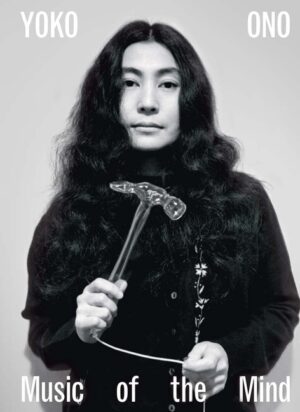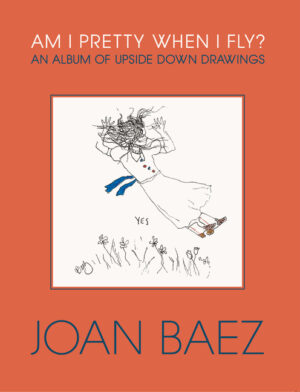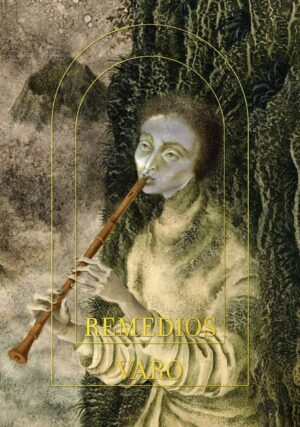The public appetite for Dadd’s bewitching art has never been greater, and this long-overdue reassessment — published in association with the Tate, London, and featuring 100 color plates — provides a vivid account of one of the most fascinating artists of the Victorian era.
Interpretations of Dadd’s art have been coloured by Romantic notions of creativity and madness, by enthusiasm for Outsider Art, and by the ideas of Michel Foucault and the anti-psychiatry movement of the 1960s and 1970s. In the first full account of Dadd’s life and career, the author examines Dadd’s artistic legacy and uses his case to investigate the encounter between art and the treatment of mental illness in the nineteenth century. In the enclosed world of the asylum, Dadd’s doctors were both his custodians and his patrons, while the legends of modern medicine became part of the larger mythological systems that informed the artist’s work.
In the summer of 1842, Richard Dadd was the resident artist for an English expedition through Greece, Turkey and Egypt. Towards the trip’s end, Dadd underwent a dramatic personality change, believing himself to be under the command of the god Osiris. Upon his return to England, he was diagnosed “of unsound mind” and was taken by his family to recuperate in Cobham, Kent. It was here, in August 1843, that Dadd murdered his father, before fleeing to France where he was eventually captured and committed to Bedlam psychiatric hospital in London. Over the next 40 years, Dadd made some of Victorian Britain’s most mesmerizing paintings, such as his endlessly detailed masterpiece, “The Fairy Feller’s Masterstroke” — a proto-psychedelic fairy drama whose fame in the 1960s and 70s prompted the rock band Queen to record a song about it, and which remains one of Tate Britain’s most visited paintings. The tale of the rediscovery of Dadd’s greatest watercolor, “The Artist’s Halt in the Desert,” on The Antiques Roadshow in 1987 has also entered popular folklore. Richard Dadd: The Artist and the Asylum is the first thorough monograph on this neglected Victorian virtuoso. Alongside its 100 color plates, critical essays overturn several myths about Dadd (revealing, for example, that his jailers were generous and often acted as his patrons rather than as his oppressors) and trace the critical reception of his now widely admired art.
Richard Dadd (1817-1886) was born in Chatham, Kent, and entered The Royal Academy at the age of 20. In 1842, Sir Thomas Phillips chose Dadd to accompany him as his draftsman on an expedition to the Middle East, during which the first signs of the artist’s schizophrenia emerged. Following his murder of his father in 1843, Dadd was incarcerated in Bedlam hospital, later being moved to Broadmoor, where he died in 1886.





